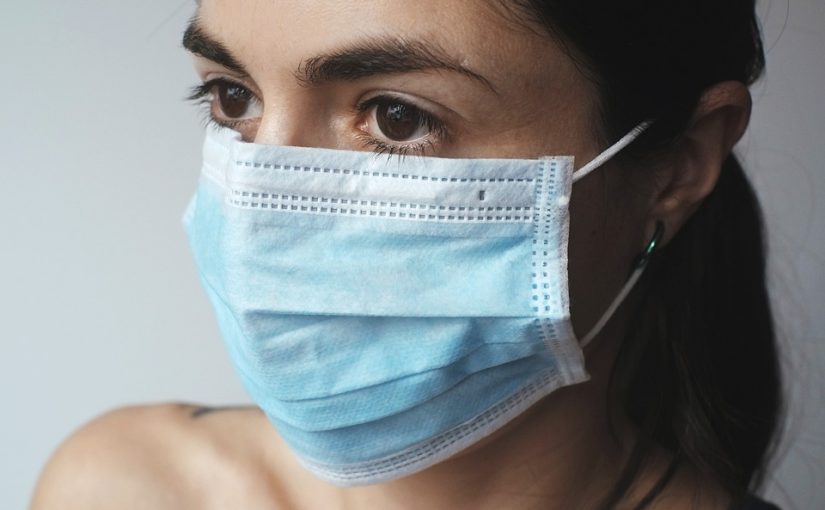If you’re in the market for a new mattress, you may have heard of an air pressure system. Unlike traditional mattresses, which are made out of coils or springs, an air pressure mattress is filled with air. They’ve been around for a while, but have recently gained popularity for their comfort and convenience. In this article, we’ll explore the benefits of an air pressure mattress and why you might want to consider buying one.
Air pressure mattresses offer a custom level of support that isn’t possible with traditional mattresses. Think about it like your favorite pair of shoes. They fit really well and support your feet perfectly, providing maximum comfort. With an air pressure mattress, you can achieve that same level of comfort while you sleep. The mattress can be adjusted to provide the exact level of firmness or softness that you need, making it perfect for those with back pain or other health conditions.
Another advantage of an air pressure mattress is that it’s portable. If you’ve ever had to move a traditional mattress, you know how difficult it can be. They’re heavy, bulky, and just not practical to move around. An air pressure mattress, on the other hand, can be deflated and folded up into a small bag for easy transport. You can take it camping, loan it to a friend for their guests, or simply store it for future use.
Air pressure mattresses also come in handy when you’re having overnight guests. Instead of giving them an uncomfortable sofa or a lumpy air mattress, you can provide them with a comfortable air pressure mattress. They’ll be pleased with the level of comfort and you’ll be pleased knowing that they’re getting a good night’s sleep.
One of the most significant benefits of an air pressure mattress is that it can help you sleep better in general. Poor sleep quality can lead to all sorts of health issues, including weight gain, depression, and a weakened immune system. With an air pressure mattress, you’ll be able to adjust the firmness to your liking, ensuring that you get the best sleep possible. Plus, if you have a partner who prefers a different level of firmness than you do, you can each adjust your side of the bed to your own liking.
So, why should you choose an air pressure mattress over a traditional mattress? For one, it’s more versatile. You can use it for camping, overnight guests, or as your primary mattress. It’s also more comfortable than a traditional mattress. And finally, it gives you the ability to customize the level of support you need for a good night’s sleep.
An air pressure mattress is a smart investment for those looking for a comfortable and convenient sleeping solution. It offers the ability to adjust the firmness to your liking and is portable, making it perfect for a variety of uses. Whether you use it as your main mattress or as a backup for overnight guests, an air pressure mattress is sure to provide a better night’s sleep.









